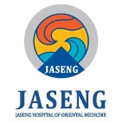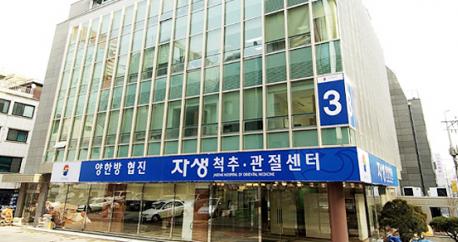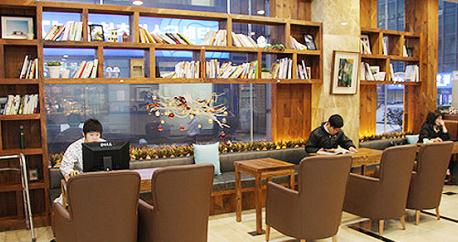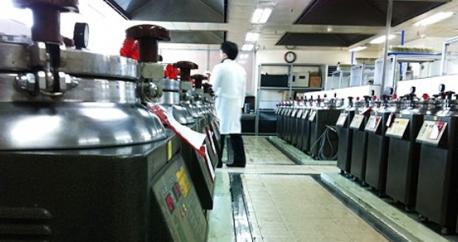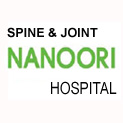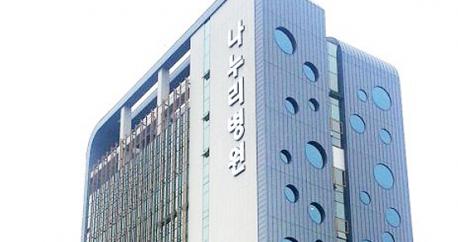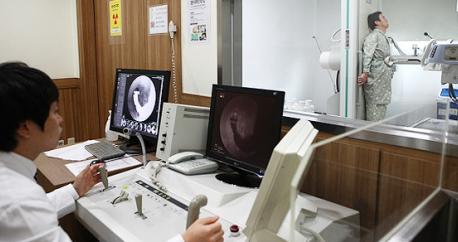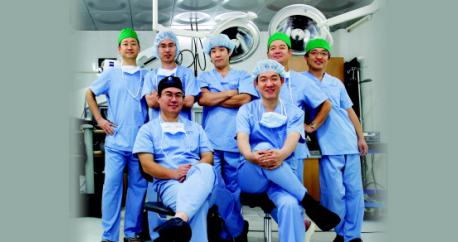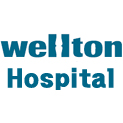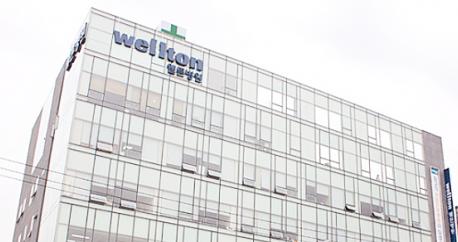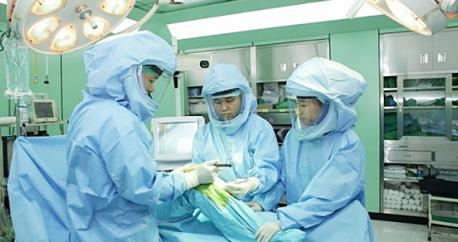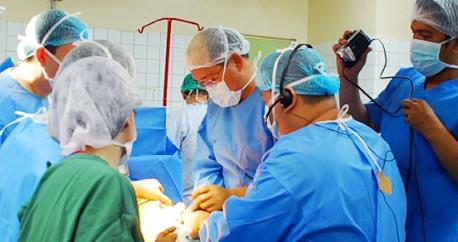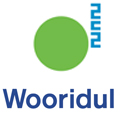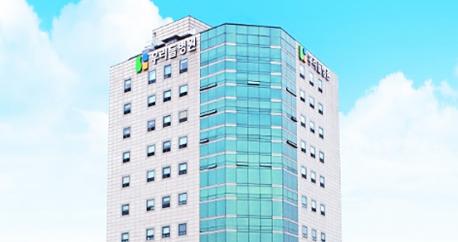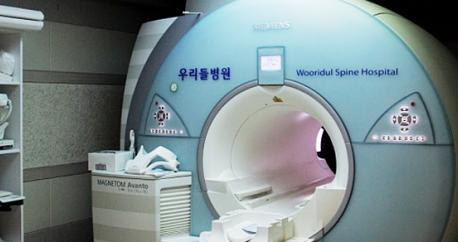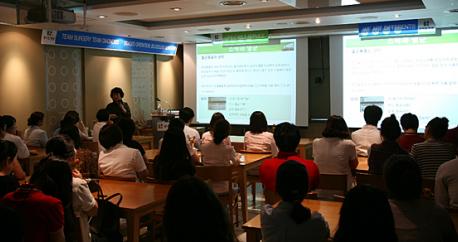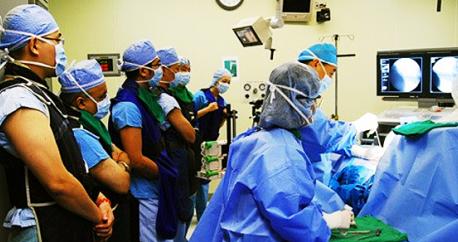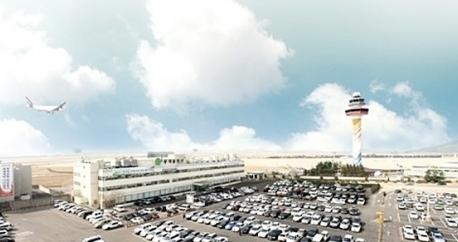Percutaneous Epidural Neuroplasty
Also called as ‘Racz,’ the ‘Percutaneous epidural neuroplasty’ is the most recently developed non-surgical treatment. This treatment method has been verified of its effects and safety with over 1.5 million patients already having received the treatment in the regions of U.S. and Europe. The tailbone of the spine is placed under anesthesia to insert a special catheter in artificially removing and peeling off the infectious matters created in the central nerves and the branches to nerve and also insert specially prescribed drugs so that the infection does not reoccur. With this treatment, it is possible to treat infections without leaving scars and requires only a short period of time for it to be effective on the people with fear of surgeries.
Indications
- Patients with Chronic Back Pain
- Patients with sciatic neuralgia(hip gout) who haven’t received surgery
- Patients with no reaction to numerous epidural drug injections
- Patients with continuous pain after spinal surgery
Method of Surgery
The area around the tailbone is placed under local anaesthesia to insert the needle into the damaged area. Afterwards, a special catheter(thin surgical tube) of 1.06mm diameter is used while viewing the imaging device. Here, the highly-concentrated saline solution is injected to discharge the breakdown enzyme and infectious matters to separate the adhesion between the spinal cord and spinal canal along with the neuroleptic that can relieve the infection. It does not require hospitalization but in the case of performing the synechotomy, the patient must be hospitalized for 1 to 4 days.
Percutaneous Radiofrequency Ablation
The Percutaneous Radiofrequency Ablation treatments are the treatments of restoring an area of the disk. The most typical treatments are the radiofrequency heat treatment and the radiofrequency nucleoplasty methods. Since it is performed under local anaesthetic, the patients are able to treat the pain without fear and it requires no hospitalization or has a short recovery period.
Indications
- Patients with chronic back pain caused by disk changes
- Patients with swelling herniation of nucleus pulposus
- Patients with acute annular tear
Radiofrequency Heat Treatment
This is the treatment that does not make incisions on the skin but rather inserts the needle with radiofrequency into the damaged disk to emit 90℃ of radiofrequency heat into the cracked annulus fibrosus to block the abnormal nerves in the annulus fibrosus to remove pain and contracts the disk to restore parts of the disk.
Radiofrequency Nucleoplasty
The nucleoplasty method uses the radiofrequency energy to lower the pressures of the disk. Through local anaesthesia, the micro-needle of 0.8mm diameter is accurately placed on the disk to create radiofrequency to disassemble the materials inside the disk with gas and draws out this gas with the inducing needle.
Nerve Block
Back pain occurs when the nerves are squashed together or when an abnormality occurs in the back structure related to the nerve. The nerve block is the procedure of treating the cause of pain by injecting drugs into the nerve. Moreover, the nerve block injects the drug by finding the accurate nerve root that causes the pain to relieve the pain.
Indications
- Patients with Lower Back Pain
- Patients with Facet syndrome
Method of Surgery
The Nerve Block is the treatment method of selectively blocking the pain by using the equipment that can see through the spinal bone to inject the drugs into the nerve that is sensitive to the pain. Therefore, there is almost no pressure placed on the body and has less concerns for complications.
Extracorporeal Shockwave Therapy
Extracorporeal shock wave therapy helps the revasculariation by placing shock waves from outside the body and stimulates or revitalizes the surrounding tissues or the curing process of the bone to gain improvements of functions and the reduction of pain. The clinical effectiveness of this procedure is being verified through the recent studies and medical journals.
Indications
- Frozen shoulder patients
- Degenerative arthritis patients
- Low back pain patients
Method of Surgery
The Extracorporeal shock wave therapy places shock waves onto the ligaments with infections to over-stimulate the free nerve cells that feel the pain and drops the sensitivity to relieve the pain. Furthermore, by adding the shock waves, it cures the damaged ligaments by creating new blood vessels and by adding shock waves to the atrophied muscles, it creates new blood vessels to increase blood flow in reducing the pain inducing factors and relieve pain.
KMH Recommended Tips
- 1. Do not be concerned of abnormal feelings and paralysis 1~2 hours after the treatment. They are normal reactions to the treatment.
- 2. Avoid lifting heavy objects or the excessive movement of the waist for 1~3 weeks after the treatment.
- 3. After 1 month from the treatment, the patient is required to do strengthening exercises for the back and abdominal muscles such as walking, swimming and riding the bicycle.
- 4. Maintain the appropriate weight to reduce pressure on the joints.
- 5. Regular examinations must be performed the first 6 months and from then, once every year, after receiving the operation.
